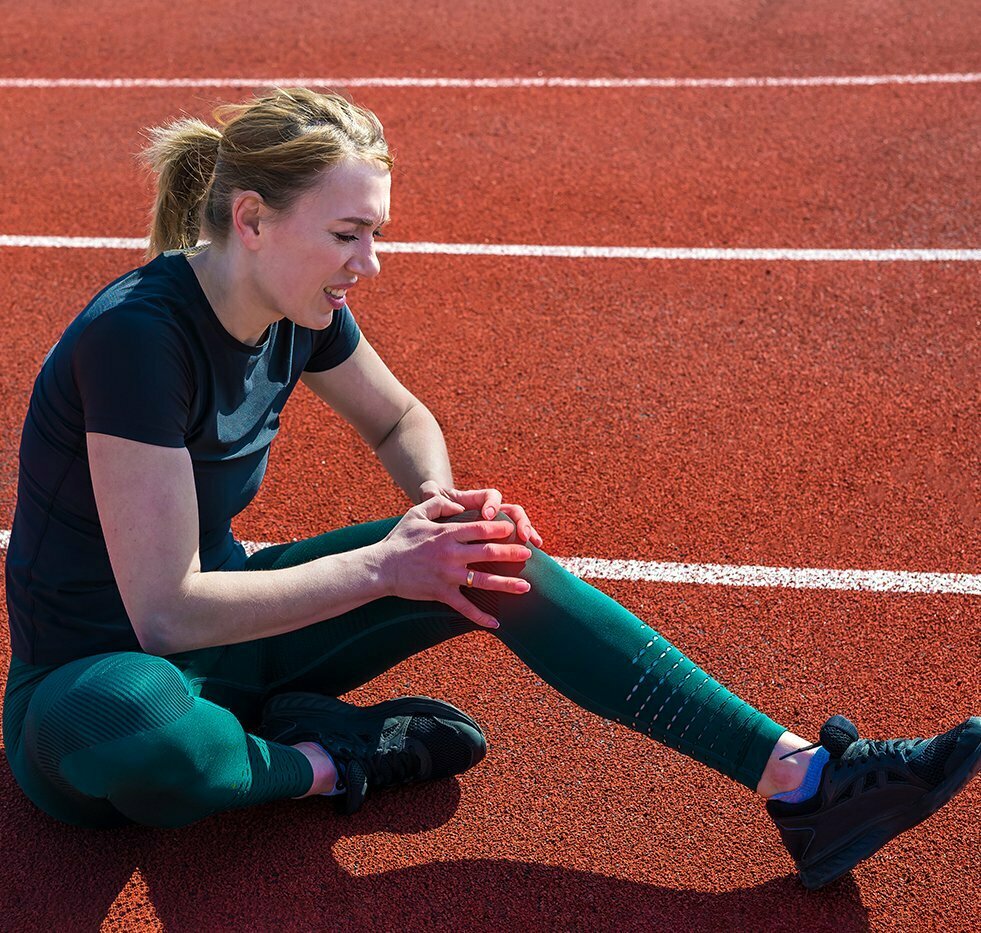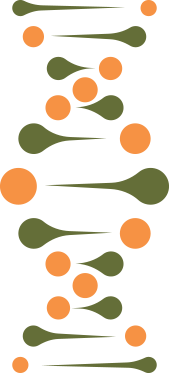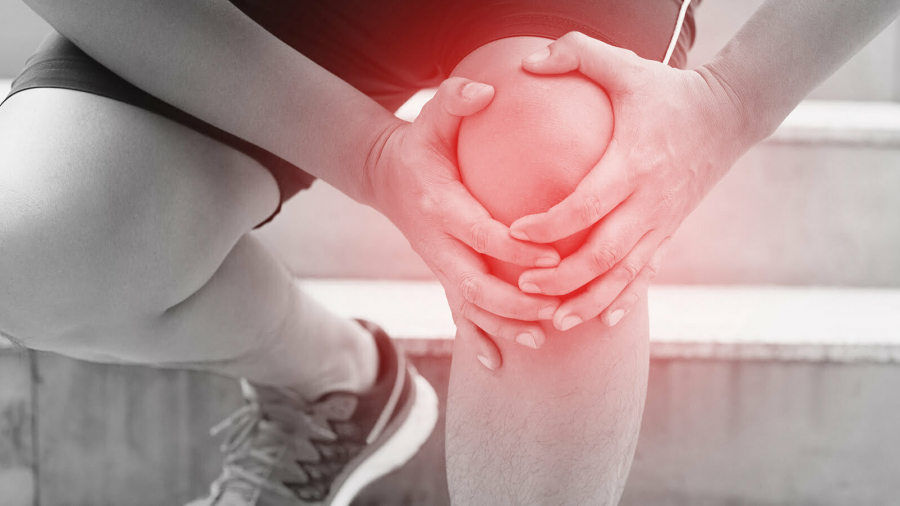Injury is a fact of life for most athletes, but for some professionals, weekend exercise warriors and the average person, we seem to be more injury-prone than others. Whether we are jogging, doing an aerobic workout or playing futsal, we get injured on a frequent basis. What is it about our bodies that makes the bones, tendons, ligaments and soft tissue, so much more likely to tear or strain—lack of warm up, damage from overuse, poor technique, accidents or something else?
Genetic makeup plays an important role in injury risk. Whether you exercise daily, occasionally or are training for long-distance marathons or other outdoor physical activities, it pays to know if you are at risk of injuring your soft tissue or musculoskeletal in general.
Within the field of sports-injury genetics, some studies have focused on variations in genes like COL1A1 that control the production of collagen, the main component of tendons and ligaments. Collagen proteins also form the backbone of tissues and bones, but in some people, structural differences in these proteins may leave the body’s structures weaker or unable to repair themselves properly after injury.

The same COL1A1 gene has also been linked to other soft-tissue injuries, like Achilles- tendon ruptures and shoulder dislocations. However, because of the vast complexity of the human genome, it’s highly improbable that a single variant within a gene can determine a person’s genetic risk for a given soft-tissue injury. Researchers agree it’s much more likely that these injuries, like complex conditions such as obesity or type 2 diabetes, are influenced by multiple genes.
The COL5A1 gene, another one associated with collagen production, has been linked to a higher risk of injury of the ACL and Achilles tendon, as well as greater susceptibility to exercise-induced muscle cramping.

Genetic factors have been shown to associate with various exercise-related phenotypes, including exercise performance, adaptation to training and sports injuries. The genes implicated in the pathogenesis of musculoskeletal soft-tissue injuries all code for either structural components or regulatory components of the extracellular matrix. It has been hypothesised that these genetic associations with injuries are due to genetically regulated changes in mechanical properties of musculoskeletal soft tissue.
Tendons and ligaments within the upper and lower limbs are some of the more common sites of musculoskeletal injuries during physical activity. Several extrinsic and intrinsic factors have been shown to be associated with these injuries. More recently, studies have suggested that there is also, at least in part, a genetic component to the Achilles tendon, rotator cuff and anterior cruciate ligament injuries.
Collagen is a type of fibrous protein which forms the base for all the connective tissues in the body. In the musculoskeletal system, it forms or is an essential component of muscles, cartilage, joints, tendons, ligaments, and intervertebral disks of the back. It comprises 30% of the body’s proteins and is therefore the most abundant protein in the body.
Supplementing with collagen may provide more of the building blocks to encourage damaged tissues to rebuild and resynthesise. More collagen within the blood leads to a faster resynthesise of tendons and soft tissue. It has also been shown to help reduce pain associated with injuries, prevent soft tissue injuries and improve the symptoms associated with common sports-related conditions such as osteoarthritis.
There are multiple collagen forms in the body comprising different tissues. Types I and III are found in skin, while type II is unique to cartilage and is the principal structural protein in cartilage providing tensile strength and toughness, providing flexibility and support to bone joints. Seventeen amino acids in various combinations make up these collagen proteins, including glycine, proline, lysine, and hydroxyproline.

Genes of Interest and Recommendations
In your DNA Profiling Test, we determine the variant profile of your three genes linked to injury risk: COL5A1, GDF5 and COL1A1 are associated with connective tissue formation, growth and maintenance of bones, muscles and tendons, and joint mobility and injury risk.
Knowing that your genes encode a specific outcome, we can help you look at the potential for enhancing the recovery process in order to maximise your training intensity, frequency and volume. It must be highlighted that sleep, stress, hydration, nutrition and mental/emotional wellbeing cannot be overlooked or understated.
Since collagen is the most abundant protein in the human body, it is advisable to supplement with Celjoy Go. This supplement is formulated using 2 patented ingredients which may help to maintain overall health and enhance the fitness level of your body: US Patented Collagen Type II and US Patented Curcumin.


